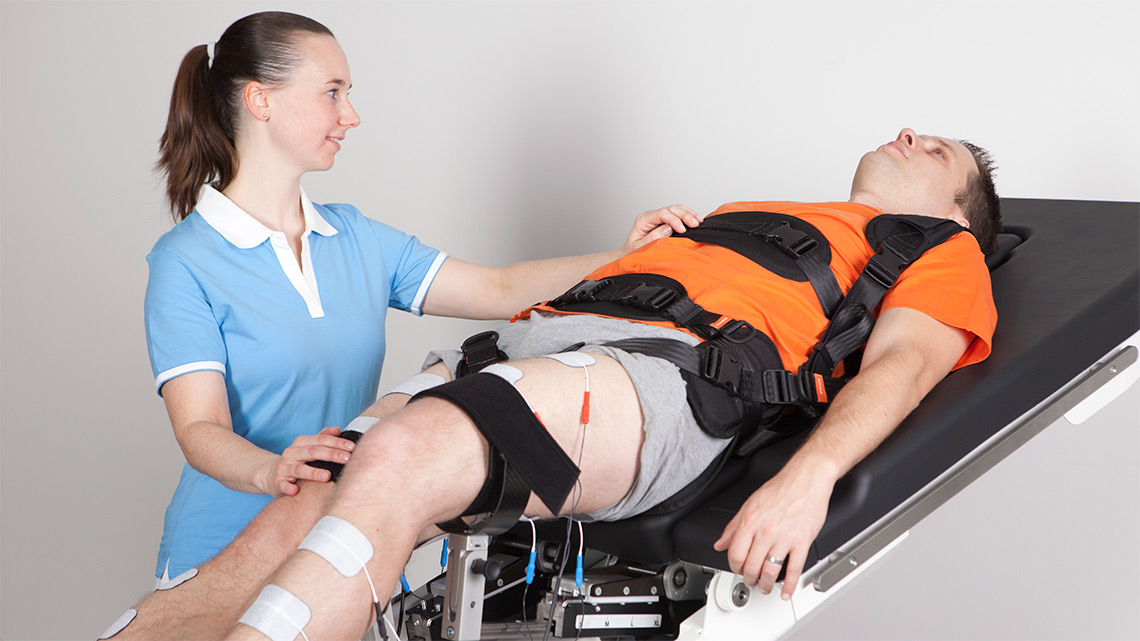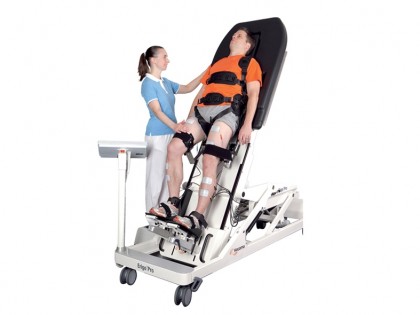Erigo Pro: Robitic Movement Therapy For Early Mobilization
Manufactured By :
Hocoma, Switzerland 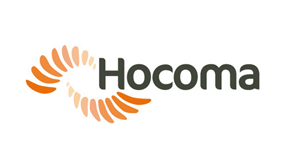
Available Options :
This product is not available in stock.
Erigo Pro
Empowering Patients From the Very Beginning
Patient mobilization in the very early stages of rehabilitation.
Limitation of Conventional Early Mobilizaiton
Conventional Tilt Table Training
- risk of secondary brain damage due to circulatory instability
- no leg movement and thus reduced musculoskeletal and cardiovascular improvement
- limited training duration due to lack of patient’s cardiovascular stability.
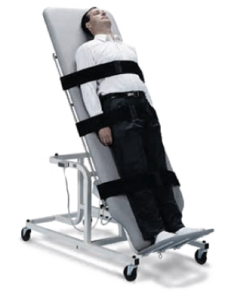
Manual Mobilization
- No support for the patient’s cardiovascular system during verticalization
- Therapists are exposed to physical strain
- Limited training duration due to insufficient resources
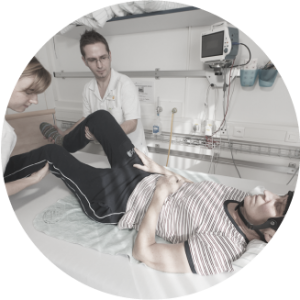
Advantages of Erigo Therapy
Early and Safe Mobilization Even in Acute Care
Mobilization and verticalization of immobile patients with little or no capacity for interaction can be very demanding and challenging—especially in acute care—and can compromise the well-being of patients and therapists.
The Erigo combines gradual verticalization with robotic movement therapy to ensure the necessary safety for the stabilization of patients in an upright position. Due to the unique afferent stimulation provided by the Erigo and the flexible harness, patients can be trained intensively and safely already in a very early stage of rehabilitation.
Cardiovascular Stabilization
The robotic leg movement and the cyclic leg loading offered by the Erigo are critical afferent stimuli for the central nervous system.
This leads to muscle activation, improved muscle pump function and venous return ultimately resulting in improved cardiovascular stability. Therefore, patients verticalized with the Erigo generally do not suffer a drop in blood pressure and thus have a reduced tendency to collapse. They tolerate the upright position better than patients treated on conventional tilt tables without a stepping function and cyclic leg loading.
Improved Orthostatic Tolerance Using the Erigo FES (Functional Electrical Stimulation)
The Erigo FES further increases the afferent stimulation of patients and thereby their cardiovascular stability during early verticalization.
The electrical activation of key leg muscles efficiently supports the increase of blood flow in the patients’ lower extremities. This leads to improved venous return which helps to maintain stroke volume and blood pressure, therefore improving orthostatic tolerance. Furthermore, therapy with the Erigo FES improves cerebral blood flow and muscle strength in the lower extremities leading to the recovery of motor function.
The Erigo FES is fully synchronized with the robotic leg movements. Up to eight FES channels can be operated easily by the therapist on the touchscreen of the Erigo and adjusted according to the patient’s motor abilities.
Increased Patient Awareness
Clinical experience has shown that the unique afferent input provided by the Erigo can have a positive effect on the patient’s consciousness, body awareness, and intestinal activity.
With increased awareness, patients can actively participate in the Erigo therapy as well as in those that can be combined with it, such as speech therapy or mobilization of upper extremities. Faster recovery of communication and cooperation skills are a prerequisite to enable and accelerate further rehabilitation.
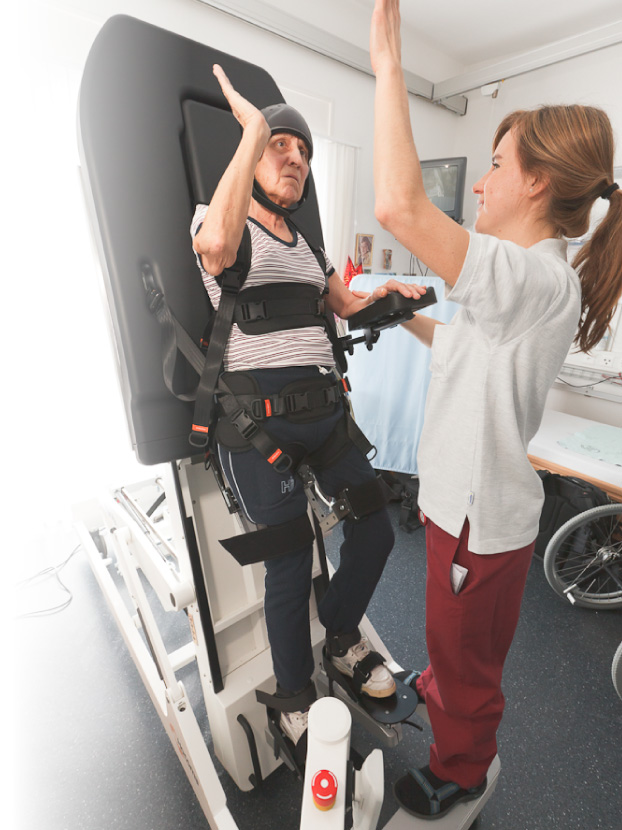
Reduced Time in Accute Care
Early mobilization not only supports the functional recovery of patients but also has a positive effect on cost-efficiency by reducing the time spent in acute care and subsequent rehabilitation institutions.
It has been shown that early physical therapy reduces time spent in intensive care, the length of hospitalization, and hence, the overall therapy costs. These effects can be further increased with the Erigo, as it helps in reducing medical complications associated with immobility and relieves the strain on the therapist.
Excellent Clinical Usability
The Erigo is highly mobile with wheels for easy transport between rooms. It can be adjusted to align with the patient bed for supine transfer or even transfer with a patient lift.
The Erigo offers safe training with direct patient contact and the possibility of constant interaction with patients. Hospital equipment such as patient monitoring systems can be safely attached to the standard rails that the Erigo features. Further benefits include an intuitive user interface on a touchscreen, electronic adjustment of leg length as well as the flexible one-size-fits-all patient harness system.
Increased Therapy Efficiency
The Erigo enables a single therapist to provide mobilization, verticalization, and sensorimotor stimulation at the same time, safely and efficiently.
In specific cases, e.g. with acute patients, more than one therapist per patient may be necessary. In such settings, the efficiency may be increased further by installing more than one device in the same room.
